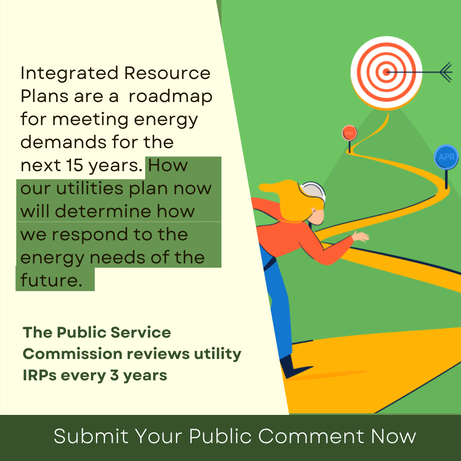|
Next up:
|
The PSC is investigating how LG&E-KU handled Winter Storm Elliott.Winter Storm Elliott hit the eastern portion of the US on December 23-25, 2022. As the storm moved across Kentucky, it transitioned from rain to ice then snow. In Louisville, temperatures dropped from the mid-40s to sub-zero. In response, millions of households across Kentucky turned up their heat, straining the grid and making it hard for utility companies to provide enough electricity to keep everyone's power on. To keep up with demand, utility companies, like LG&E and KU, forced power outages and left people without power in dangerous winter weather conditions. Now, two years later, the Public Service Commission will investigate the cause, impact, and result of the struggle, and ultimately the inability, to provide retail electric service at the level demanded from December 23 to December 25, 2022.
We are awaiting the decision in this case. We'll update you soon! In the meantime, stay tuned for the next case that will be before the Public Service Commission, LG&E-KU's Integrated Resource Plan. What is an Integrated Resource Plan?The Integrated Resource Plan (IRP) is a blueprint for our electric utilities for the next 15 years. If taken seriously, it can help our utilities make smart decisions. Unfortunately, our electric utilities don't always consider what is most important to customers when making their plans. |
Tips for Writing Your Comment
The Commission wants to hear how the case will affect your life and your family. You don’t have to be an expert for your input to matter.
Please write your comment in your own words. You are welcome to use the talking points below but try not to copy and paste them word for word. The Commission gives more weight to unique comments over form responses. Don't overthink it. Your comment can be simple.
Please write your comment in your own words. You are welcome to use the talking points below but try not to copy and paste them word for word. The Commission gives more weight to unique comments over form responses. Don't overthink it. Your comment can be simple.


